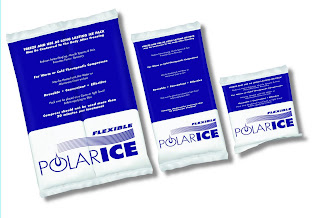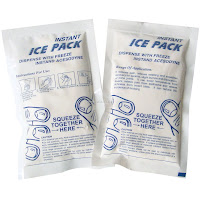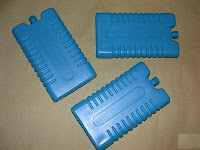I recently showed you a great shoulder stretch for relieving pain from a tight posterior capsule. As I explained in that post, that first stretch was the basic, and that I would show you an advanced stretch for shoulder pain relief and prevention.
 The posterior capsule, when tight, can cause pain in the back of the shoulder joint (GH). A tight posterior capsule can lead to “dead arm” in throwers like baseball pitchers, shoulder impingement syndrome, and labral tears (SLAP lesions). Stretching the posterior capsule, consequently, can prevent the above conditions and even avert surgeries to repair labral tears/SLAP lesions.
The posterior capsule, when tight, can cause pain in the back of the shoulder joint (GH). A tight posterior capsule can lead to “dead arm” in throwers like baseball pitchers, shoulder impingement syndrome, and labral tears (SLAP lesions). Stretching the posterior capsule, consequently, can prevent the above conditions and even avert surgeries to repair labral tears/SLAP lesions.
Watch the video below to see the advanced posterior capsule stretch. I call it the 90°-90°-90° stretch, but it also known the sleeper stretch. I advise any athlete that throws or uses a racket to do this stretch. So baseball and tennis players will get a lots of use out of this one. And I would do it daily. Studies show that Major League Baseball pitchers that incorporate this stretch into their routines have less shoulder injuries and repair surgeries than those not doing the stretch regularly.
And if you are just a regular Joe with shoulder pain, then definitely get checked by a Los Angeles sports chiropractor, but also try these stretches–they are that useful and can only help (people with shoulder impingement syndrome might have increased shoulder pain when doing this stretch–more reason to see a sports doctor). Enjoy.




















